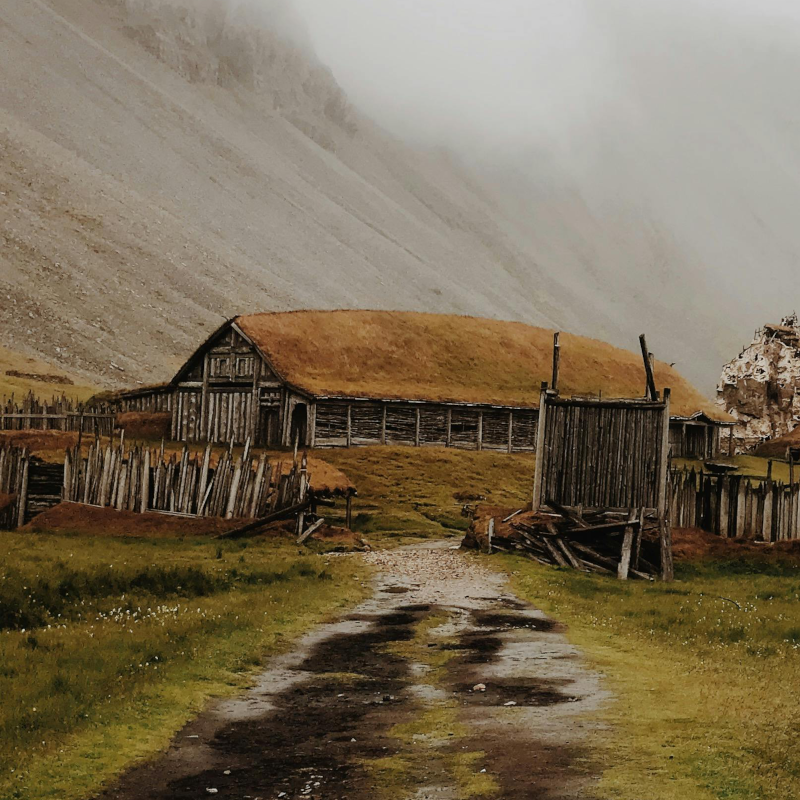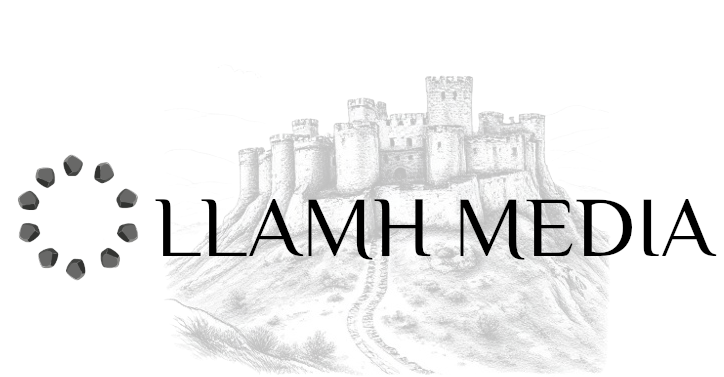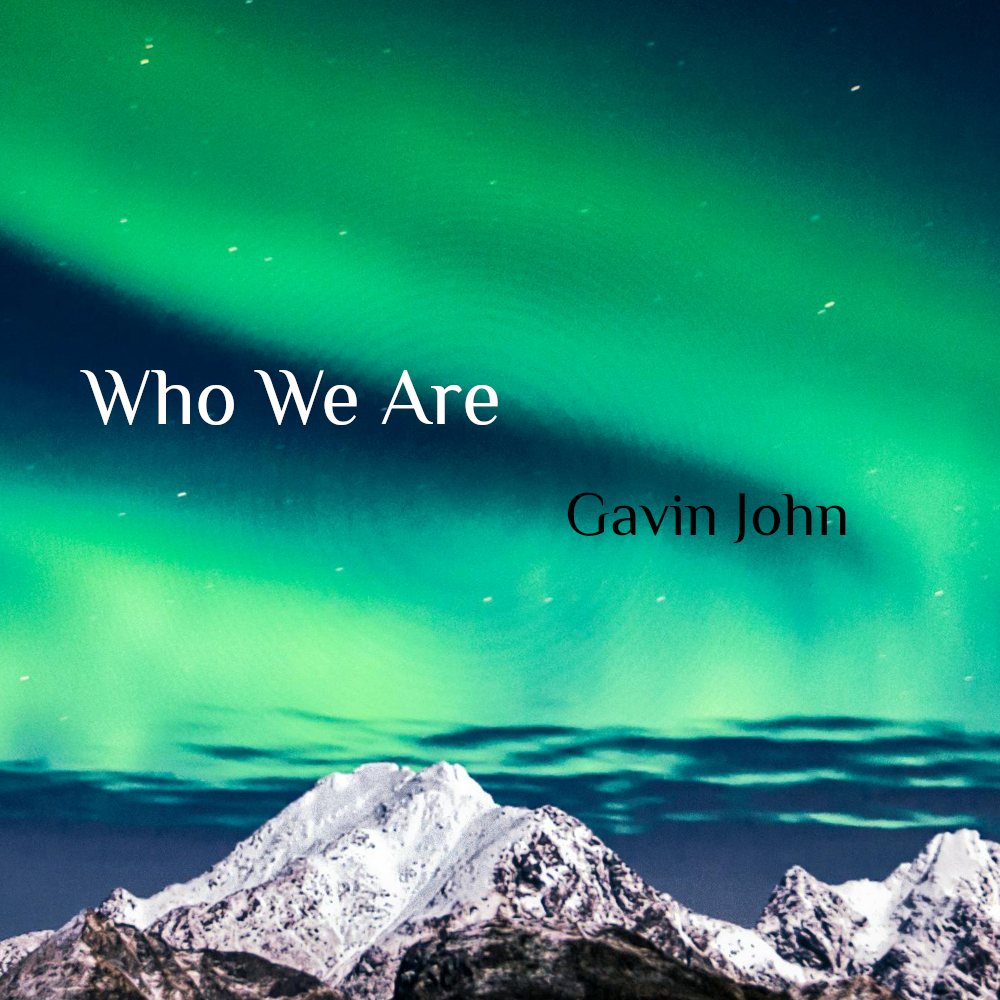In an era defined by identity politics, it is strange to think us Indo-Europeans have absolutely no idea who we are, where we came from and why we think, behave and react as we do. I believe knowing our history will only empower us. For so long, there has been an eschewed narrative surrounding identity. History after all, cannot be considered entirely objective. There are processes involved to extrapolate data and then fit a narrative around it. However, recently a vast expanse of new data has been discovered. Let us call this time, the genealogical revolution. In other words, genetic science has come on leaps and bounds. It presents us with a new narrative, one that has been somewhat hinted at. However, not fully expressed. So who are we? Lets go back and discuss our heritage.
The Indo-European Expansion
The Indo-European expansion consists of the spread of the Indo-European language family and people groups. These tribes spread across Europe and certain parts of Asia from the Pontic-Caspain Steppe in what can be considered modern day Ukraine and Southern Russia. These nomadic warriors would eventually give birth to communities and cultures such as the Hindus, Greeks, Latin, Germanic, Slavic, Celtic and others. This expansion has had a profound impact on the cultural and linguistic landscape of much of the world. To understand this pivotal period of our history, we must consider a combination of linguistic, archaeological and genetic evidence.
Linguistic Evidence
A primary way of knowing about the Indo-European expansion is firstly, through linguistic studies. If we compare similarities between Indo-European languages, we can undoubtedly observe a correlation. Scholar’s of linguistics have managed to construct a common ancestral language from the evidence available. This language is Proto-Indo-European (PIE). If we look at the various Indo-European languages we can see that words for basic concepts like family, agriculture and animals are similar, suggesting that they share a common origin. For instance, the word for “mother” is strikingly similar in Sanskrit (matr), Latin (mater) and English (mother). These linguistic similarities can be traced back to a time before these languages diverged. The spread of Indo-European languages also suggests that a group of people speaking PIE moved out of their original homeland and spread across vast regions.
Archaeological Evidence
As we can see, linguistic evidence supports the theory of an Indo-European expansion. Therefore, we must now turn our attention to what evidence other evidence there is. Archaeologists have discovered findings which interestingly also support the Indo-European expansion theory. Around 4500-2500 BC, the Yamnaya culture, associated with the Pontic-Caspian steppe, exhibited traits that link them to the Proto-Indo-Europeans. The Yamnaya people were highly mobile, utilising horses and wheeled vehicles, which likely facilitated their spread. We can see that they practiced a pastoralist economy, raising cattle and sheep and moved westward into Europe and eastward into Asia.
Later archaeological cultures, such as the Corded Ware in Central and Northern Europe, show significant cultural continuity with the Yamnaya and may represent later waves of Indo-European migrations. While observing this evidence, we can see changes in burial practices, with the introduction of kurgans (burial mounds) being a significant feature, a tradition associated with steppe cultures.
Genetic Evidence
Recent advances in DNA analysis have provided further proof of Indo-European migrations. Studies of ancient human remains from the steppe and Europe reveal a significant genetic influx from the Yamnaya culture into European populations around 3000 BC. This genetic shift coincides with the spread of Indo-European languages. Moreover, the presence of steppe ancestry in South Asian populations supports the idea of Indo-European migrations with in the Indian subcontinent, aligning with the linguistic evidence of ancient Indo-Aryan languages. Therefore, with all this considered, there is a compelling case for the Indo-European expansion.

Indo-European Culture
With the expansion of Indo-Europeans west and east, various cultures organically began springing into existence. There was a commonality across all of these cultures, but none more localised than what we witnessed in Europe. European culture is a the result of a rich tapestry of influences that have evolved over millennia. We can trace the roots of European culture to Ancient Greece and Rome. It was their development of philosophy, art, architecture and governance which laid the foundations for Western thought. Greek philosophy, particularly the works of Plato and Aristotle, shaped ideas about politics, ethics and science. Roman law and engineering innovations also left lasting legacies across the continent.
With the fall of the Roman Empire, Europe entered the Middle Ages, during which Christianity became a dominant force. The Catholic Church played a central role in cultural development, influencing art, education and morality. The Renaissance, which began in Italy in the 14th century, marked a revival of classical knowledge and artistic achievement, fuelled by renewed interest in ancient texts, humanism and scientific exploration.
The Enlightenment of the 17th and 18th centuries emphasised reason, individualism and skepticism of traditional authority, which further shaped European intellectual culture. This period paved the way for modern democratic values and scientific advancements. European colonialism, industrialisation and revolutions also contributed to shaping a dynamic, diverse culture marked by innovation in the arts, sciences and politics.
The Indo-European Spirit
The Indo-European spirit, reflected in various cultures across time, is characterised by a shared sense of warrior ethos, exploration and individualism. I personally find this ethos incredibly interesting. We can see this manifest in groups such as the Vikings, medieval knights and even more recently within American cowboys.
Firstly, the Vikings who hailed from Scandinavia embodied the Indo-European spirit of exploration and conquest. We know, they were seafarers. We also know their culture valued honour, courage and loyalty to kin. They were renowned for their adventurous raids and we can hypothesise that this is a direct reference to their Indo-European ancestors.
Moving on, one of the most culturally recognisable cultural expressions on medieval feudalism is indefinitely the Knight. Another interesting expression of the Indo-European spirit. The Knights emphasised bravery, loyalty and service to their lords and God. This code reflects the ancient Indo-European social structure, where warriors held a sacred duty to protect their people and uphold justice. Knights, much like their Viking predecessors, valued combat skills and personal honour. However, every aspect of their life was deeply rooted in Christian values, the very same values that shaped medieval European culture.
My final example of Indo-European spirit was represented in our recent collective memory. This example, is that of the Cowboy. Cowboys in the American West, though culturally distant from their European ancestors, valued independence, embodied rugged individualism and maintained a connection to the land. This being an echo of the pastoralist traditions of the early Indo-Europeans. Values such as freedom, self-reliance and bravery align with the warrior heritage of our ancient forebears.

How to Revive the Indo-European Spirit
It is evident that the spiritedness of our ancestors has been in decline. We are the most domesticated of all the species. The wolf has been bred into the poodle, while man has been bred into a diminutive form of what man once was. Reviving the Indo-European spirit through a reconnection with nature and living more authentically involves embracing the core values of our ancestral heritage. These values consisting of, but not limited to harmony with the natural world, self-reliance and personal honour. These ancient cultures, from the pastoralists of the steppe to the Vikings, medieval knights and Cowboys, lived in close connection to the land and derived strength from it. To reignite this spirit, modern individuals must foster a deep relationship with nature and cultivate a life of purpose, rooted in tradition and authenticity.
Firstly, as mentioned previously, connection with nature is key. Indo-Europeans lived as farmers, herders and hunters. They maintained a direct and practical connection to the earth and its cycles. We should practice outdoor skills such as, hiking, foraging, gardening and even animal husbandry to bring us close to these roots. Spending time in nature will enhance our wellbeing and foster a sense of responsibility towards nature. The early Indo-Europeans honoured natural forces, embodying reverence for the seasons.
However, all of this is in vain without living authentically. Living authentically, is living in line with one’s principles and traditions. This means cultivating self-reliance, a strong work ethic and the pursuit of personal excellence.
To be yourself in a world that is constantly trying to make you something else is the greatest accomplishment.
Ralph Waldo Emerson
If you have a craft, master it. If you enjoy competition, learn martial arts and compete. All of these paths require a commitment to personal growth. While engaging in meaningful work and focusing on long-term goals echoes the Indo-European emphasis on perseverance and honour.
Finally, we should embrace our community. Indo-European cultures thrived on strong social bonds and tribal communities. I believe that happiness is only happiness when shared. A strengthening of ties to our family, friends and local groups fosters mutual support and the shared pursuit of a meaningful life.
Paganism to Christianity
The transformation of Europe from paganism to Christianity, though spread over several centuries, saw a significant acceleration within roughly a hundred years. This hundred years occurred from the 4th to the 5th centuries AD. A combination of political, social and migratory factors were responsible. However, the influence of the Roman Empire cannot be ignored. With Emperor Constantine’s Edict of Milan in 313 AD, he granted Christians a certain amount of tolerance within the empire. This was further cemented in 380 AD by Emperor Theodosius I passing the edict of Thessalonica. Christianity was now the official state religion. The powers of the day, would now suppress pagan practices and promote Christian values.
However, this was what was seen from the apex of society. On the ground an influx of migrants and newly conquered peoples adopted Christianity without question. Some may of even been Christian before they arrived. For example, the Goths converted to Christianity through the work of Ulfilas in the 4th century. Over time, many of these migrant groups blended with Roman citizens and Christianity became a unifying cultural force. Therefore, the collapse of pagan traditions was often hastened by the dismantling of pagan institutions and the repurposing of pagan temples into churches.
Nietzsche’s Criticism of Christianity
Europe was to remain Christian for many years. However, the culmination of European Christian culture, as viewed through the lens of Friedrich Nietzsche, represents a dramatic turning point in Western thought. Nietzsche famously declared that “God is dead,” not to suggest a literal death, but rather to describe the collapse of Christianity as the dominant moral and philosophical framework in Europe. This statement encapsulated the profound cultural shift that occurred in the late 19th century.
Therefore, traditional Christian values, once the bedrock of European society were increasingly questioned and rejected. The advances of science, the rise of secularism and the industrialisation of our cities and countryside left us Europeans in a crisis of meaning. Nietzsche argued that, without Christianity’s overarching moral structure, European culture lacked a cohesive, unifying worldview to replace it.
The absence of a successor to Christianity led, in Nietzsches view, to the rise of Nihilism. For instance, without an objective truth to hold to, life had no meaning, purpose or value. Nietzsche warned that without a new, life-affirming philosophy to fill the void left by Christianity, European culture risked falling into a deeper state of Nihilism. His work, particularly in Thus Spoke Zarathustra, challenged humanity to confront this existential vacuum and strive to create a new, higher moral system. However, this system was not enough for Nietzsche himself.
Islam is The Natural Successor to Christianity in Europe
With all being said, building upon Nietzsche’s analysis of the decline of Christianity, undoubtedly Islam must be the successor to Christianity in Europe. Nietzsche famously warned of the dangers of nihilism, with its absence of an overarching meaning or value system. Islam presents a comprehensive, structured worldview that can fill the moral and spiritual void left by Christianity’s decline.
Islam, like Christianity, offers a clear and absolute framework of morality, purpose and community. In a post-Christian Europe, where secularism and existential uncertainty has grown, Islam’s appeal must stem from its firm grounding in faith, divine law and a sense of spiritual purpose. Unlike the fluid moral relativism that often accompanies secularism, Islam presents a cohesive belief system, offering answers to questions about meaning, ethics and the nature of existence. Nietzsche’s concern that humanity would struggle to create new values is relevant here. For example, many of the secular alternatives to religion have failed to provide the depth of communal belonging necessary. An objective reality, confirmed by miraculous evidence is the solution to Europe’s moral ambiguity and existential doubt.
Moreover, Islam is the natural religion of the human being. Islam calls all to return to their natural state, a state in which we are born. Its practice inculcates a sense of overcoming and purifies our lives.

In Conclusion
Islam, far from being alien or a foreign presence in Europe, has deep historical roots. For nearly eight centuries, Muslim Spain was a beacon of intellectual, cultural and religious flourishing. During this period, Islamic civilisation contributed significantly to European knowledge in fields such as science, philosophy and architecture. Communities of Jews and Christians lived in peace alongside their Muslim neighbours and there was a sense of plurality, unseen in Christendom. This period of history demonstrates that Islam is not incompatible with European culture but, rather enriches it.
Returning to the values of our ancestors, any of whom lived lives defined by honour, discipline and a sense of duty requires more than secular moral systems can offer. Islam, with its emphasis on honour, family and community, mirrors many of the virtues that once guided European societies. As Christianity declines in influence and secularism fails to offer meaningful replacements, Islam presents the only viable path for reconnecting with these noble traditions. Through Islam, Europeans can revive a sense of purpose and honour that has long been lost. LOST but NOT FORGOTTEN! Lets return to the spiritual and ethical foundations that once defined our civilisation and kneel, like a knight ready for service to the Lord of the worlds.

